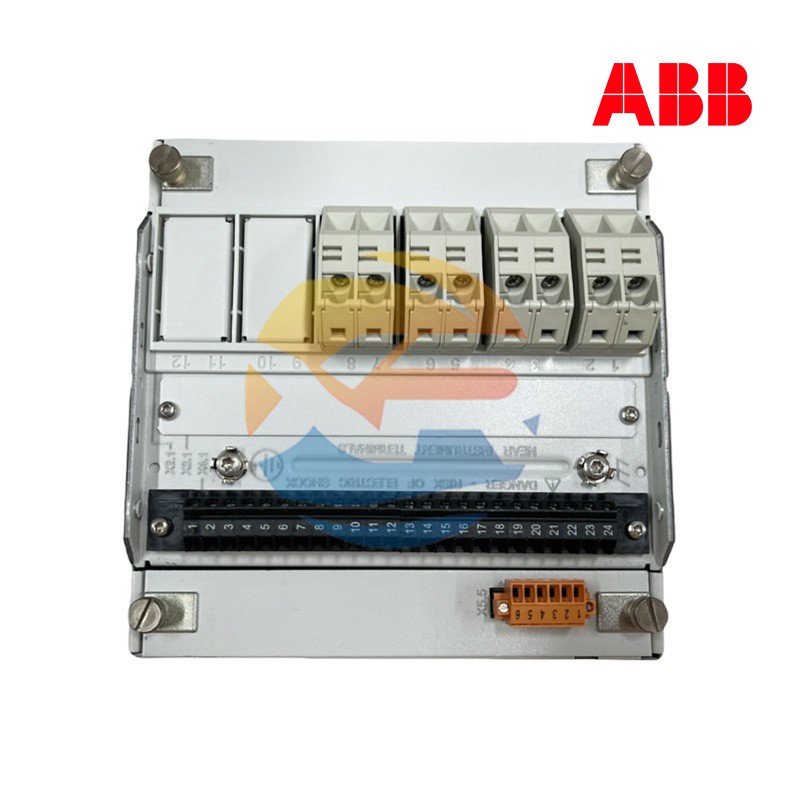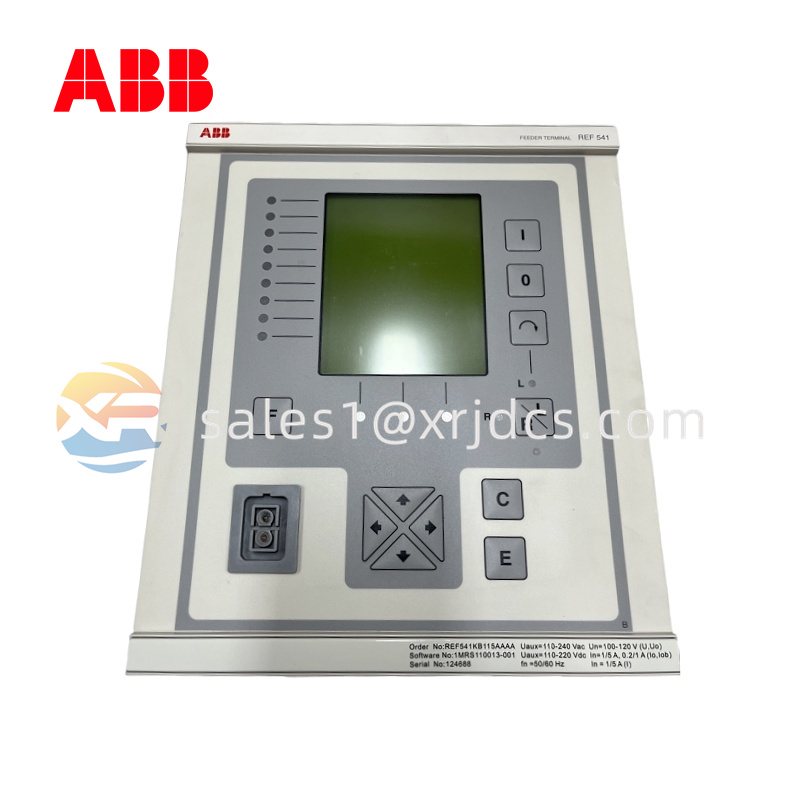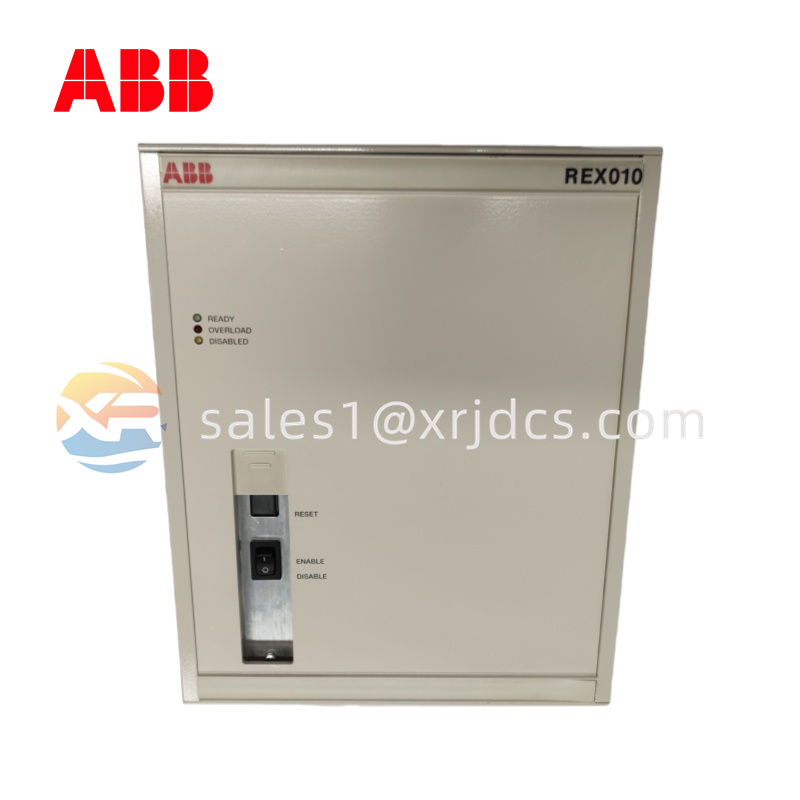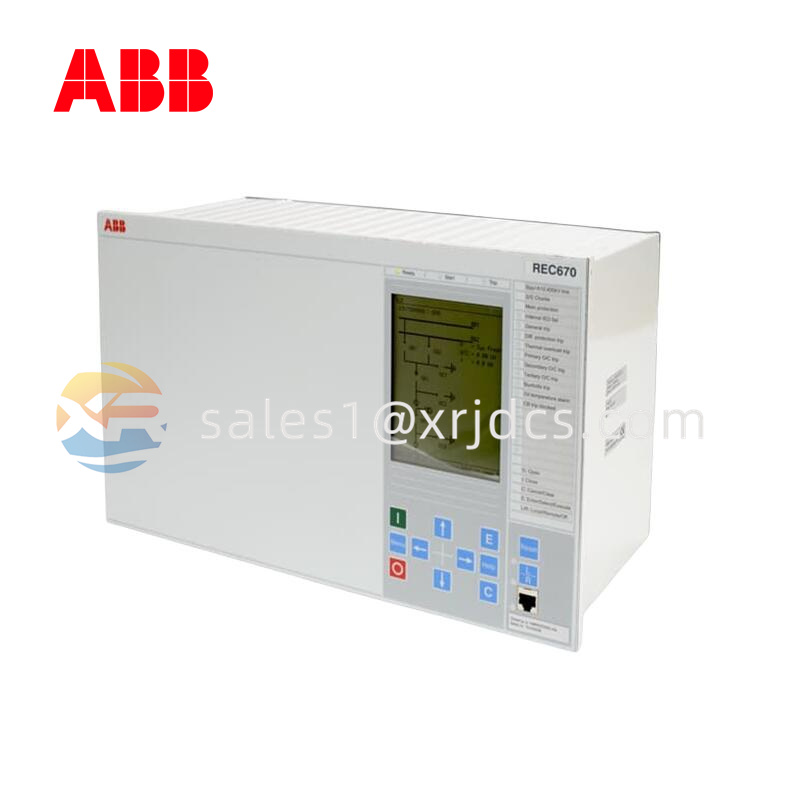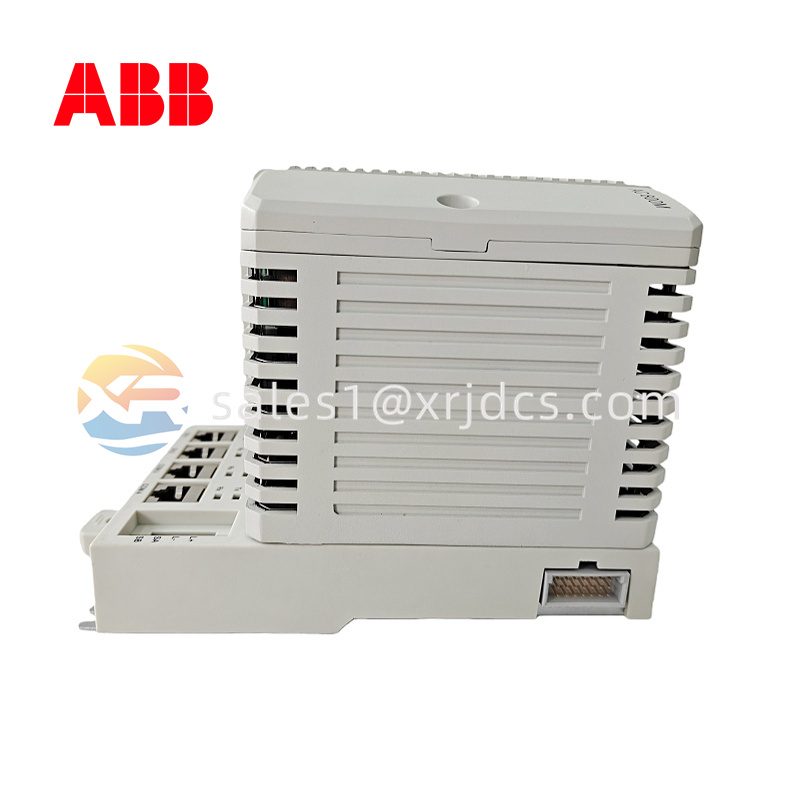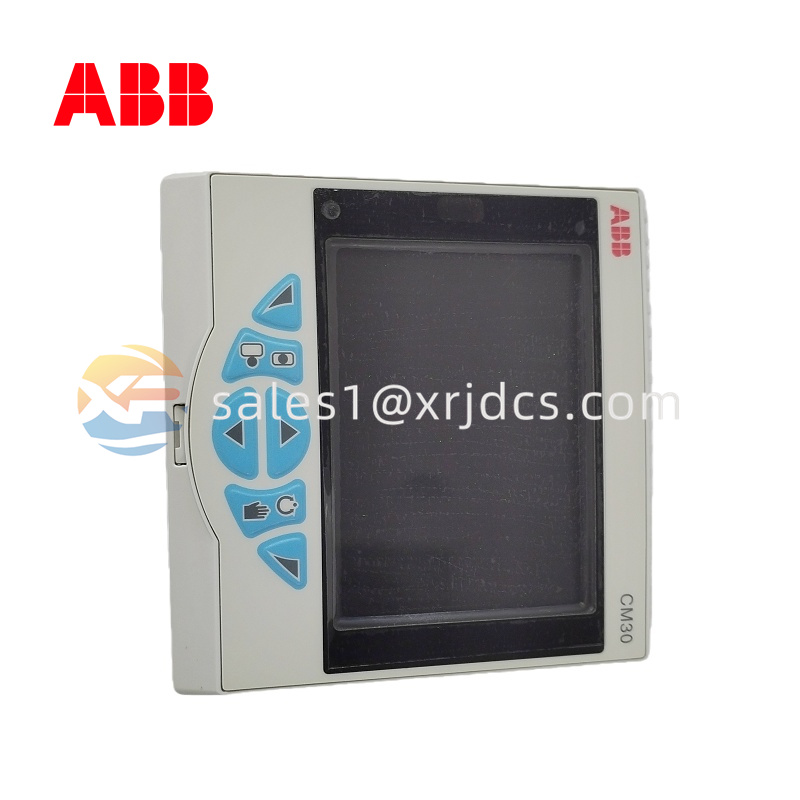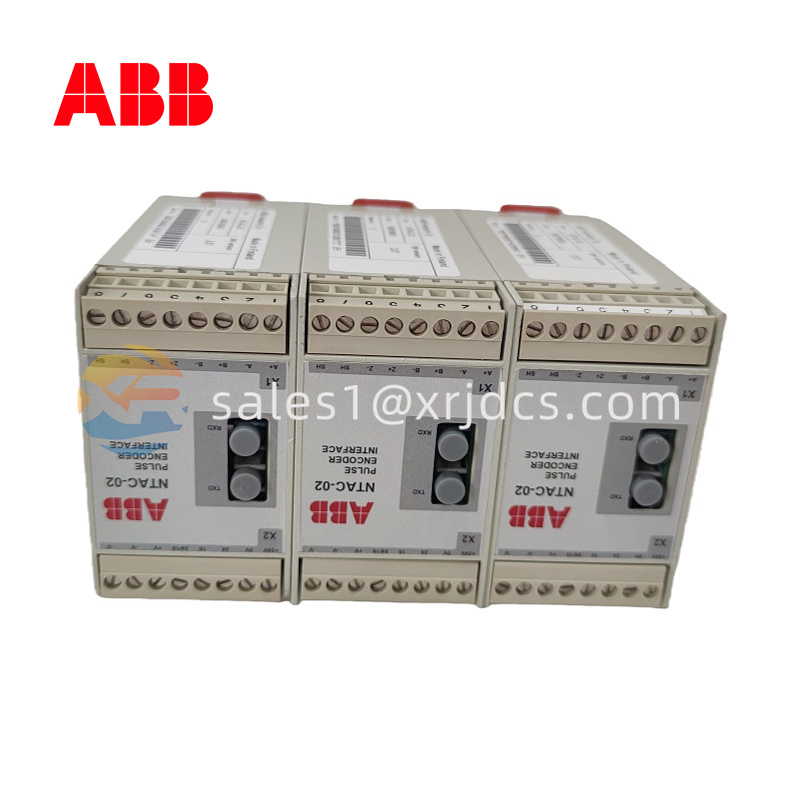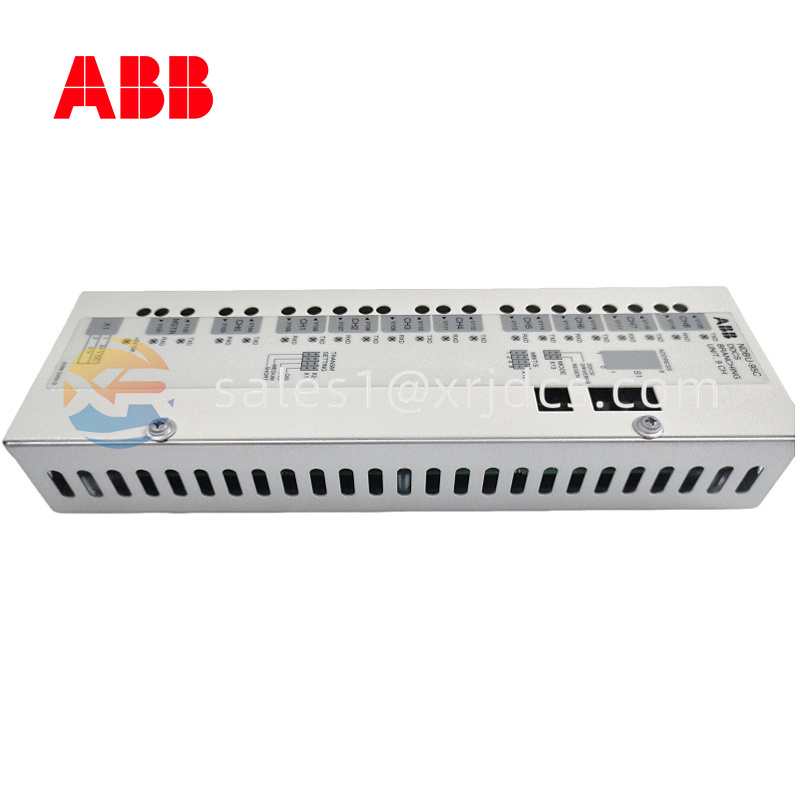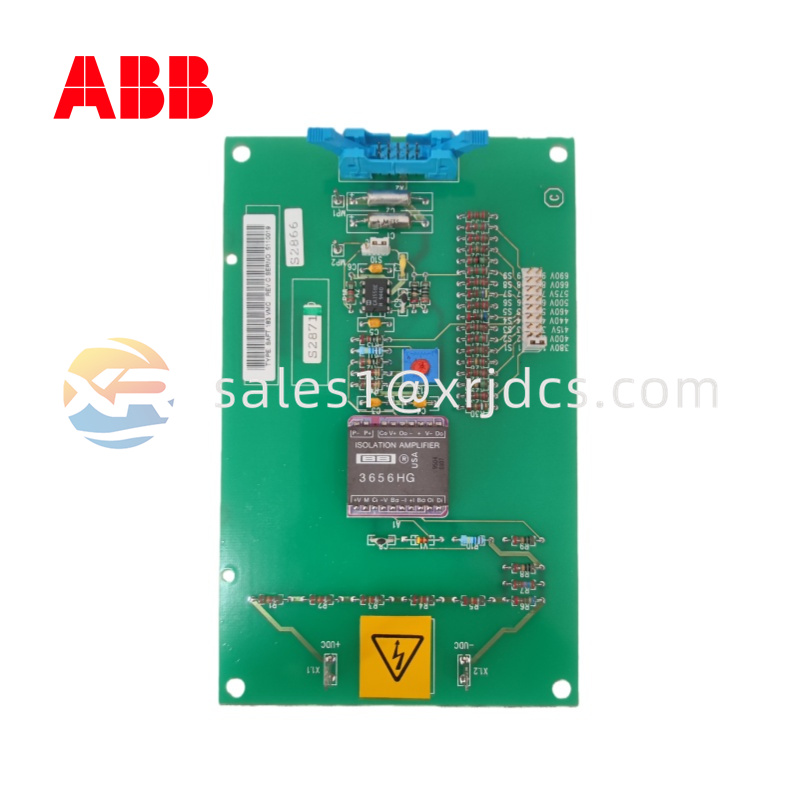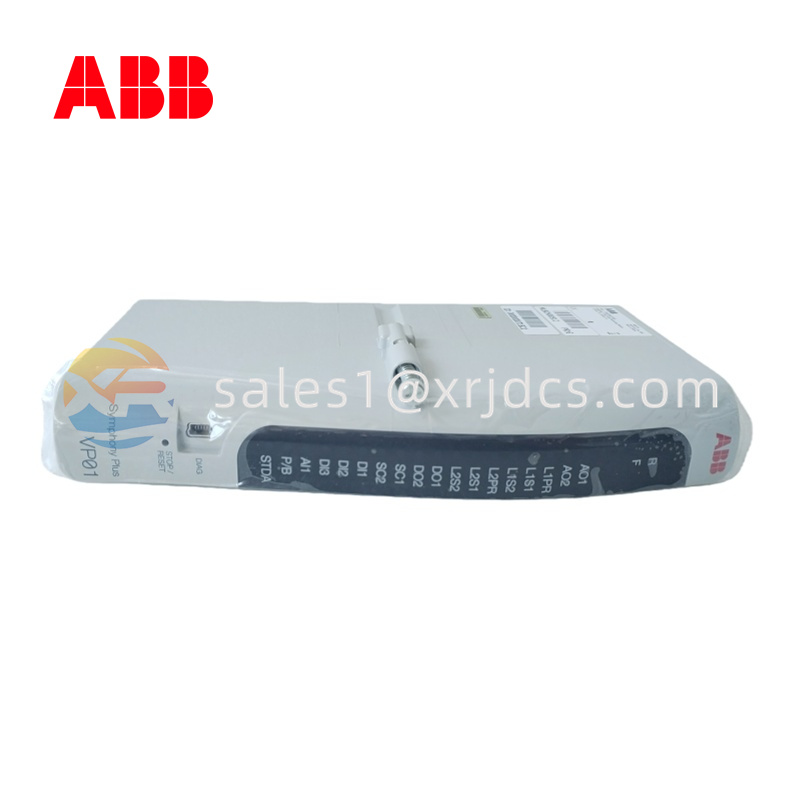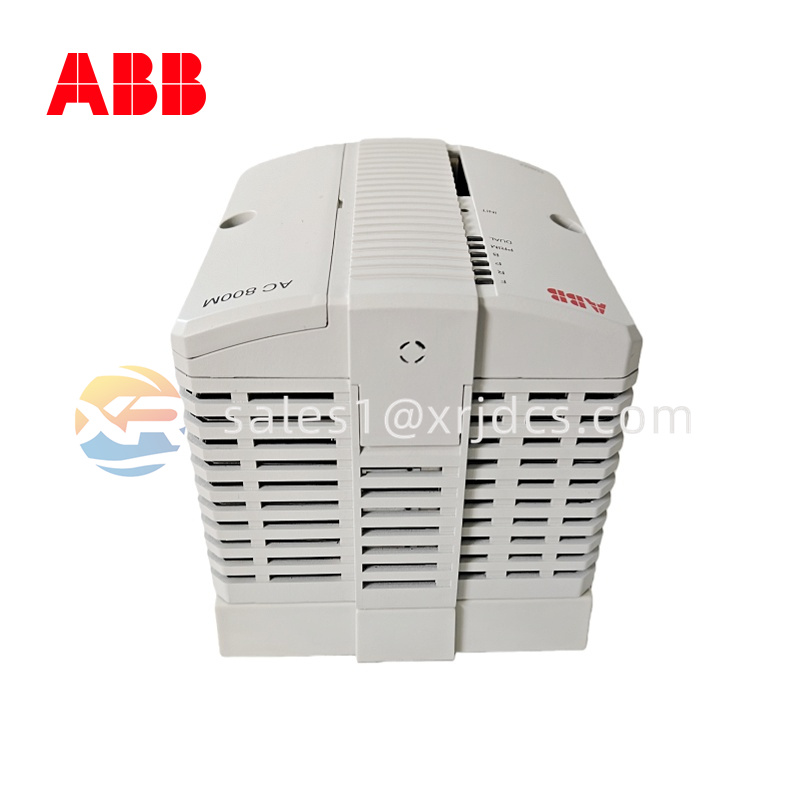ABB REF610C11LCLR
The REF610C11LCLR is a relaying protection module in the ABB REF 610 series, serving as a core component of medium-voltage distribution automation systems. Featuring a modular design, it provides multiple protection functions, making it suitable for the comprehensive protection and measurement of incoming/outgoing lines in distribution substations and distribution networks. Its model identifier is "C11LCLR," which falls under the Control-panel category within the REF610 series. It is often used in conjunction with ABB Automation Builder/Control Builder Plus software to enable graphical or text-based programming, parameter setting, and diagnostic maintenance.
1. Key Technical Parameters
All parameters below are sourced from ABB’s official product manuals and public technical specifications.
Operating Voltage: 690 V AC (compatible with 400 V/500 V systems)
Rated Current: 5 A (module internal logic)
Communication Interfaces: IEC 61850 MMS, Modbus TCP, DNP3, Profibus DP (optional)
Protection Functions: Three-phase non-directional overcurrent (timed/IDMT/instantaneous), non-directional earth fault (timed/IDMT/instantaneous), cable thermal overload, power/current/voltage measurement, optional arc detection (two lens sensors)
Input/Output: 8 digital inputs, 8 digital outputs, 4 analog inputs (0‑10 V/4‑20 mA)
Display: OLED/LED status indicators (for some models)
Power Supply: 24 V DC (internal power module)
Environment: Operating temperature range of –25 °C ~ +55 °C; protection class IP20 (IP54 optional)
Dimensions: 180 mm × 120 mm × 70 mm (width × height × depth), with DIN-rail mounting
2. Product Features
2.1 Multifunctional Integration
It simultaneously offers over 10 protection and monitoring functions, including overcurrent, earth fault, thermal overload, and power measurement. This reduces on-site wiring and the number of secondary equipment.
2.2 Modular & Expandable
Adopting a standardized modular structure, it allows flexible addition or removal of I/O, communication, or arc detection modules based on on-site needs, enabling "plug-and-play" functionality.
2.3 Strong Compatibility
It supports mainstream communication protocols such as IEC 61850, Modbus TCP, DNP3, and Profibus DP, facilitating integration with SCADA, EMS, and DMS systems.
2.4 Intelligent Diagnosis & Maintenance
Equipped with built-in LED/OLED status indicators, it provides fault codes and self-inspection reports. It supports remote diagnosis (via HART or IEC 61850) and allows online parameter debugging in Automation Builder.
2.5 High Reliability
Using industrial-grade components, it complies with IEC 61850‑9‑2 L and IEC 60255 standards, and has resistance to interference, vibration, and temperature drift.
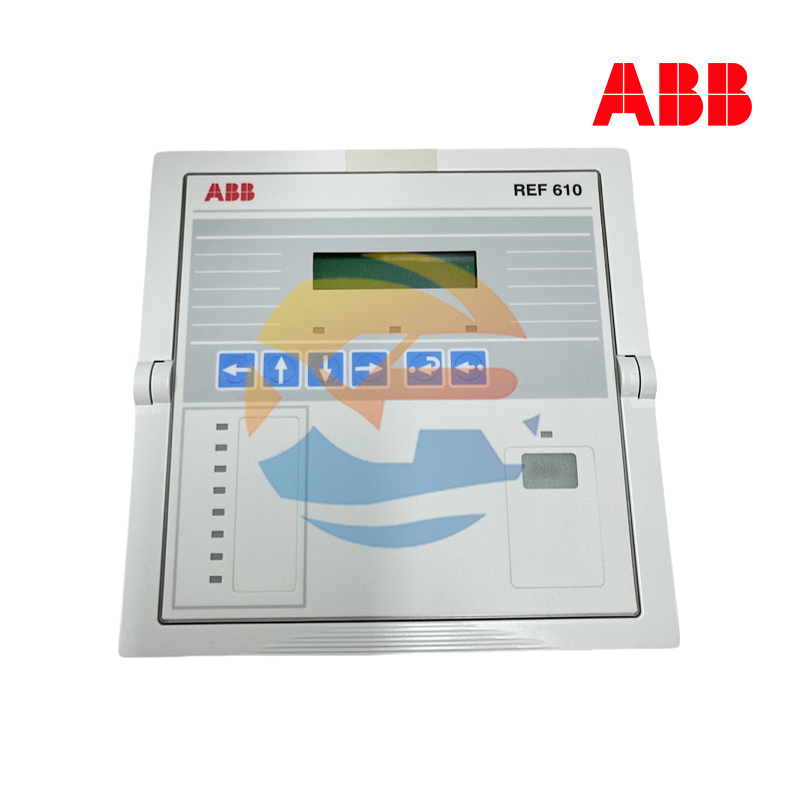
3. Structure & Composition
Main Control Unit (CPU): Responsible for logical operations, execution of protection algorithms, and management of communication protocol stacks.
Input/Output Module: Provides digital and analog I/O interfaces to support on-site signal collection and control.
Communication Board: Enables multi-protocol communication, including IEC 61850, Modbus TCP, and Profibus DP.
Optional Arc Detection Unit: Equipped with two optical lens sensors for rapid arc fault detection.
Display/Indicator Unit: Uses OLED/LED to show module status, fault codes, and operation information.
Power Module: Supplies stabilized 24 V DC power and provides overvoltage and undervoltage protection.
Enclosure: A metal housing with DIN-rail mounting, offering mechanical protection and heat dissipation.
4. Typical Application Fields
Protection of incoming/outgoing lines in distribution substations (medium voltage: 10 kV‑35 kV)
Distribution network automation (distribution automation systems: DMS/EMS)
Industrial park power distribution (multi-circuit, load monitoring)
Arc fault detection (high-voltage switchgear, lines)
Distribution automation transformation (upgrading old systems to IEC 61850-compatible versions)
5. Installation & Maintenance Guidelines
5.1 Pre-Installation Preparation
Confirm the on-site voltage level, wiring diagram, and switchgear space; check if the DIN-rail is flat and securely fixed.
Follow the ABB manual to match the colors of power cables, signal cables, and communication cables with terminals, and use terminal blocks with clear labels.
5.2 Mechanical Installation
Slide the module onto the DIN-rail and fix it with screws or clips; ensure the front of the module faces outward for easy subsequent maintenance.
5.3 Electrical Wiring
Connect the 24 V DC power supply, digital/analog inputs/outputs, and communication interfaces according to the wiring diagram.
For the arc detection unit, reserve a dedicated wiring slot for optical fibers or photoelectric sensors.
5.4 Software Configuration
Use ABB Automation Builder or Control Builder Plus to import the device library of REF610C11LCLR, and complete parameter settings (such as setting values, time delays, and alarm thresholds).
Conduct joint debugging with the upper-level system via IEC 61850‑MMS or Modbus‑TCP to verify communication integrity.
5.5 Commissioning & Testing
Activate the self-inspection function to check if the LED/OLED status indicators work normally.
Perform on-site simulated fault tests (e.g., overcurrent, earth fault) to confirm that the protection action time meets the set requirements.
5.6 Routine Maintenance
Regularly check the power supply voltage, wiring tightness, and indicator status.
Use the built-in diagnostic function to read fault logs; update firmware or parameters via remote software if necessary.
For the arc detection module, keep the optical sensors clean to prevent false alarms caused by dust blockage.
Xingruijia focuses on providing ABB industrial automation full range product services and your intelligent control solution partner
If you would like to learn more about our products and services, please feel free to contact us at any time!
Sales Manager : Jinny
Email : sales1@xrjdcs.com
Whatsapp/Mobile:+86 15359273791
 Switzerland
Switzerland 



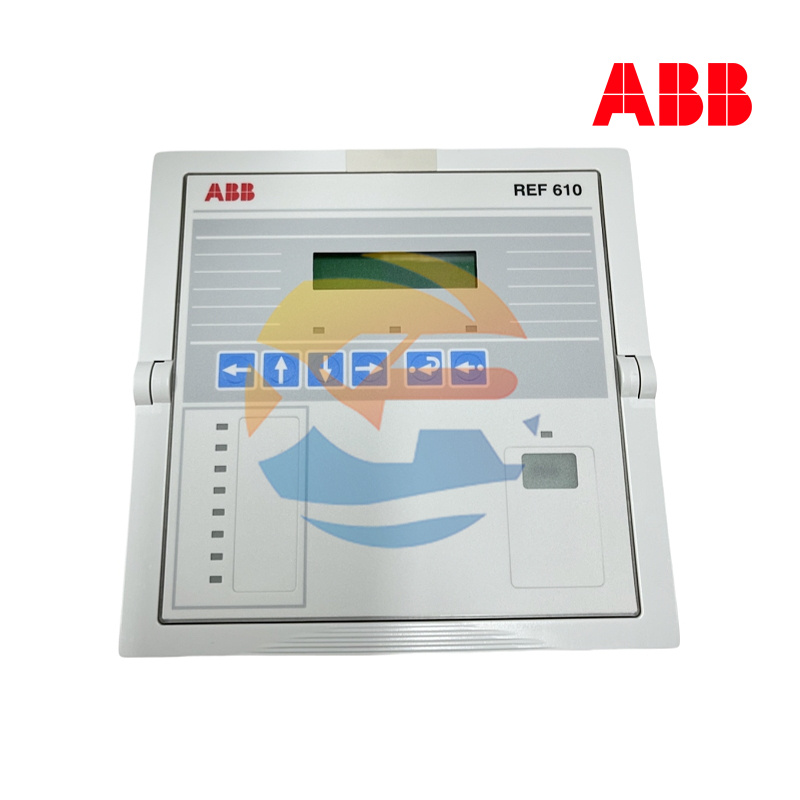

.jpg)
.jpg)
